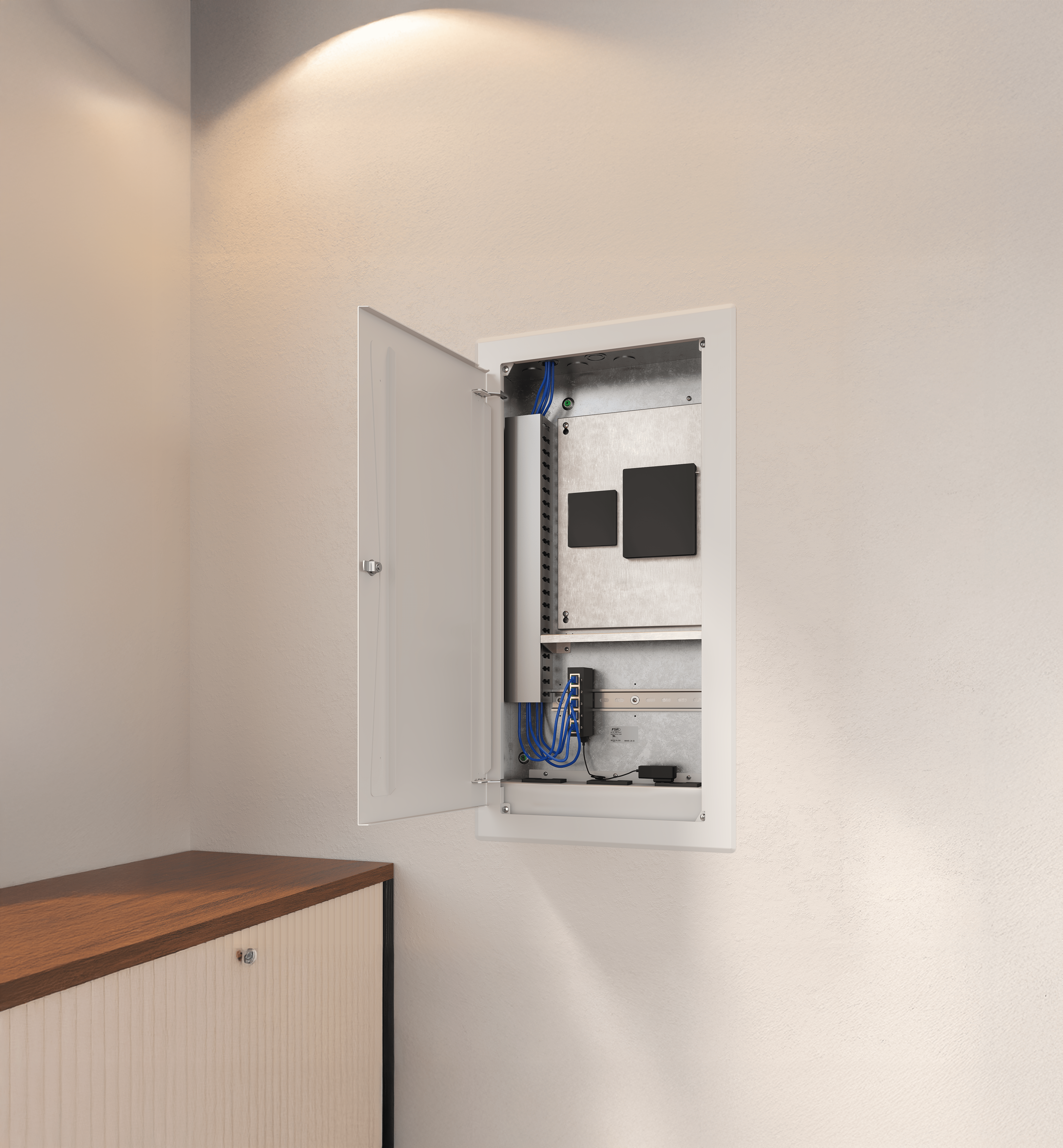
As healthcare continues its shift toward decentralized, patient-centered models, outpatient facilities are becoming the foundation for how care is delivered. No longer just extensions of hospitals, these centers now serve as hubs for diagnostics, procedures, chronic care management, and follow-ups. With growing demand, rising patient expectations, and advancing medical technologies, the question is no longer whether outpatient care will continue to grow, it’s whether healthcare environments are ready for what’s next.
To stay competitive and effective, healthcare organizations must plan beyond present needs. Future-proofing outpatient care facilities involves designing spaces that are not just functional today but flexible, sustainable, and technology-ready for tomorrow. It’s about developing infrastructure that can evolve alongside medical innovation and operational changes.
Design with Adaptability in Mind
A core principle of future-proofing is adaptability. Outpatient facilities must be designed to support change without requiring constant structural overhauls. This means creating spaces that can evolve with shifts in care delivery, such as the introduction of new specialties or the transition from in-person to hybrid models. Facilities built with fixed, overly specialized layouts often struggle to accommodate growth or transformation.
Adaptability starts with designing rooms that serve multiple purposes. For example, an exam room should be able to host a patient consultation in the morning and serve as a virtual care suite in the afternoon. Similarly, core building systems should support rapid reconfiguration. In an unpredictable healthcare environment, adaptable design is one of the best insurance policies a facility can have.
Invest in Smart Infrastructure

The infrastructure behind the walls of an outpatient facility plays a critical role in how well it functions today and how well it will perform in five, ten, or even twenty years. With digital care on the rise, smart infrastructure is essential. Facilities must be built with complete access to power, data, and audiovisual connectivity throughout the building, not just in select rooms.
This includes IT systems that support everything from electronic health records to high speed internet for telehealth services. The physical infrastructure should anticipate growing bandwidth requirements, support multiple device connections, and allow seamless integration of future technologies such as remote diagnostics and AI-driven decision support tools. When technology is built into the facility’s foundation, clinicians and administrators can adopt new tools without struggling with outdated systems or costly rewiring.
One solution that supports this kind of long-term flexibility is FSR’s MWB-28 Multi-Trade Wall Box. Designed for dynamic healthcare environments, the MWB-28 allows multiple systems to be routed through a single, organized enclosure. As outpatient facilities expand services or shift room functions, this wall box simplifies upgrades and modifications without disrupting operations. It’s built for adaptability, making it easy to reconfigure or add equipment as needs change. For hospitals and outpatient centers planning for the future, infrastructure products like the MWB-28 make it possible to grow without tearing down walls.
Build for Digital-First Care

Outpatient care is increasingly digital, and facilities must reflect this shift. Patients expect telemedicine options, and clinicians need technology that enables collaboration, real-time diagnostics, and access to data without delay. Designing for digital-first care means creating rooms and workflows that support virtual interactions as naturally as face-to-face encounters.
Exam rooms can benefit from digital whiteboards or monitors to show patients their scans, results, or treatment plans. Behind the scenes, cloud-based systems allow for streamlined documentation and cross-team communication. A facility built with digital care in mind meets current expectations and creates a platform for continued innovation.
Prioritize Patient Experience
Today’s healthcare consumers have higher expectations for convenience, clarity, and comfort. The outpatient facility of the future must offer an intuitive, efficient, and welcoming experience.
Facilities that prioritize patient experience often feature user-friendly layouts with clear signage and digital wayfinding tools that reduce confusion. Reception areas are increasingly being replaced by self-check-in kiosks and mobile-friendly registration options. Inside treatment areas, calming design elements like natural lighting, quiet zones, and warm materials contribute to a more pleasant atmosphere.
Sustainability as a Standard

Sustainable healthcare design is about more than energy savings; it's a long-term strategy for resilience and responsibility. As environmental standards tighten and energy costs rise, facilities that invest in sustainability today are better positioned for financial and operational stability tomorrow.
A future-proof outpatient center incorporates energy-efficient HVAC systems, LED lighting with smart controls, and building automation systems that monitor and optimize performance. Materials should be chosen not only for durability and appearance but also for their environmental and health impacts. Sustainable design also aligns with the growing emphasis on community health, as it reduces pollution, enhances air quality, and supports broader public wellness initiatives.
Collaborate Across Disciplines
Future-proofing requires collaboration among architects, clinicians, engineers, IT professionals, and facility managers from the earliest planning stages. Each brings a critical perspective. Clinicians understand workflows and patient care needs, IT teams ensure that digital infrastructure is scalable and secure, engineers design efficient and adaptable systems, and facilities teams understand long-term maintenance and operational requirements. When these voices work together, the result is a facility that doesn’t just look good on paper but functions seamlessly in practice. This approach ensures that all aspects of the facility are aligned with a shared vision of future readiness.
Looking Ahead
Outpatient care is at the forefront of healthcare’s transformation. It’s accessible and scalable, making it an essential component of modern health systems. As demand for these services grows, so does the need for spaces built to evolve.
The most successful organizations will be those that plan not just for what healthcare is, but for what it will become. They will see flexibility not as a luxury, but as a necessity. They will invest in infrastructure that doesn’t just meet current demands but is prepared for innovations that haven’t yet arrived.
